Enter the Future of Packaging
PACKAGING & GRAPHICS
The future of packaging – what are the opportunities and the threats?
3 trends are driving the packaging sector into the future and outline the most significant changes in consumer attitudes and behaviours
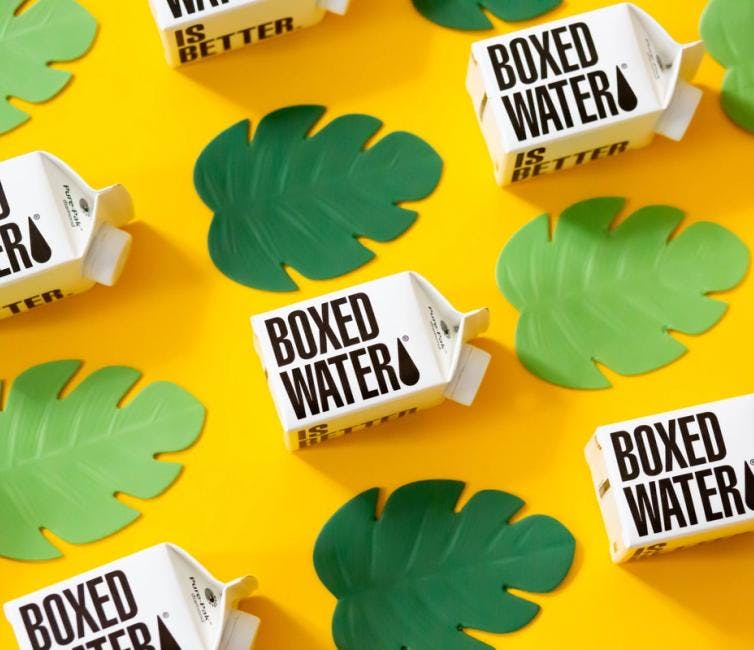
Connected, smarter, eco-friendly, and joyful: these are the key characteristics that packaging must have to connect with today’s and tomorrow’s consumers.
The climate crisis, the COVID-19 pandemic, and political upheavals are impacting the Packaging sector and affecting consumers’ expectations and choices of the ever-widening suite of packagings options.
Through Nextatlas AI, we identified 3 trends that outline the most significant changes in consumer attitudes and aforementioned industry context, alongside significant data and emerging case studies.
1 // Internet of Packaging
Packaging not only needs to be functional and convenient, but must also serve as a channel of communication and interaction between brands and consumers.
With this in mind, a specific category of smart packaging known as “connected packaging” has been playing an increasingly fundamental role. According to our data “Connected" in "Packaging & Graphics" increased 38% in Q2 2022 over Q2 2021.
This new generation of product protection is infused with tech-solutions that allow brands to tell their stories in new ways.
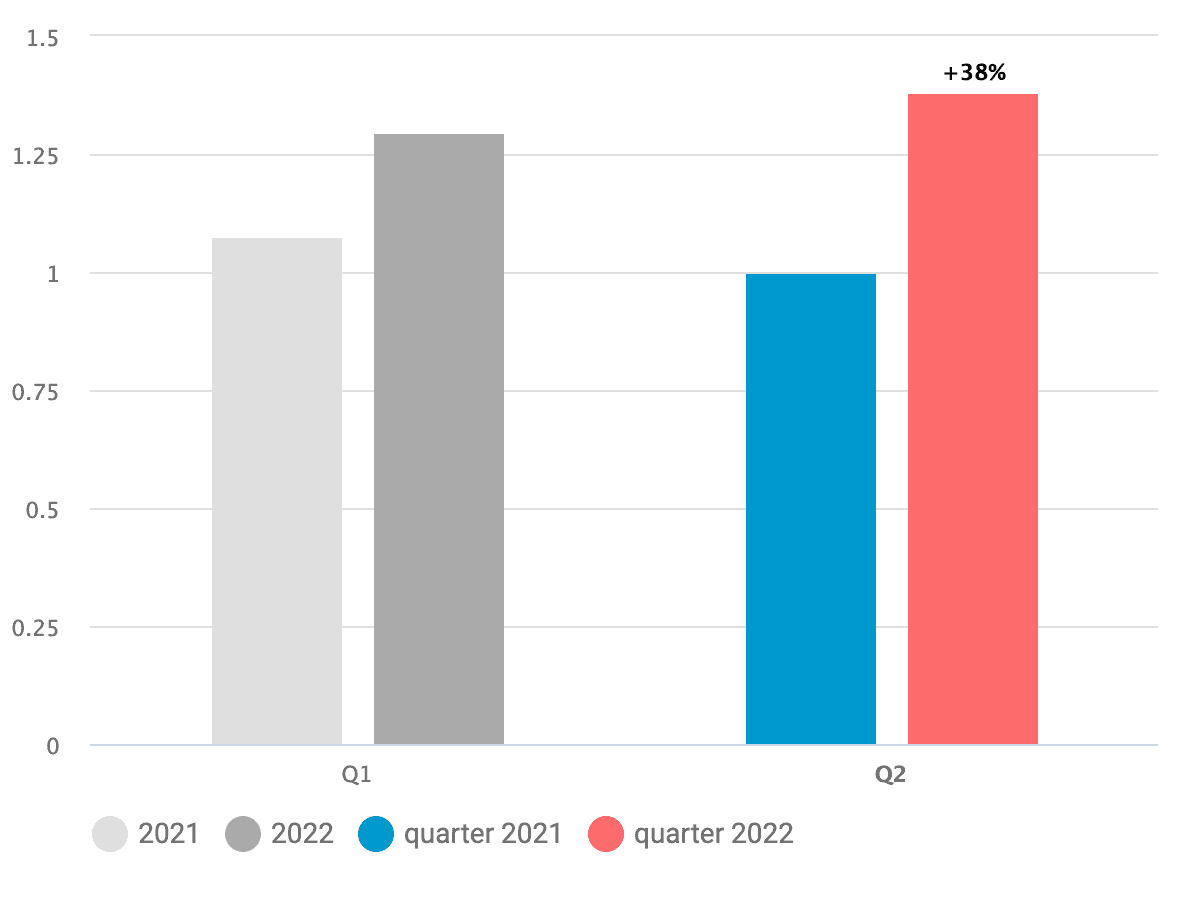
The term “Connected” in the Packaging industry has grown +38% in Q2 2022 over Q2 2021.
QR codes and augmented and virtual reality are just some of the key enabling tools of this new mode of product interactivity – one that helps consumers get more information about the products they are buying while involving them in a more entertaining and engaging shopping experience.
For businesses, connected packaging can become an important tool to better understand consumers and their preferences.
The Estée Lauder brand Clinique has launched a new NFC (Near-Field Communication) chip-enabled package for its limited-edition Moisture Surge 100H that will offer consumers exclusive content, personalized tutorials, and unique coupons. The brand hopes to drive conversion at the point-of-sale while offering consumers unique post-purchase engagement at home.
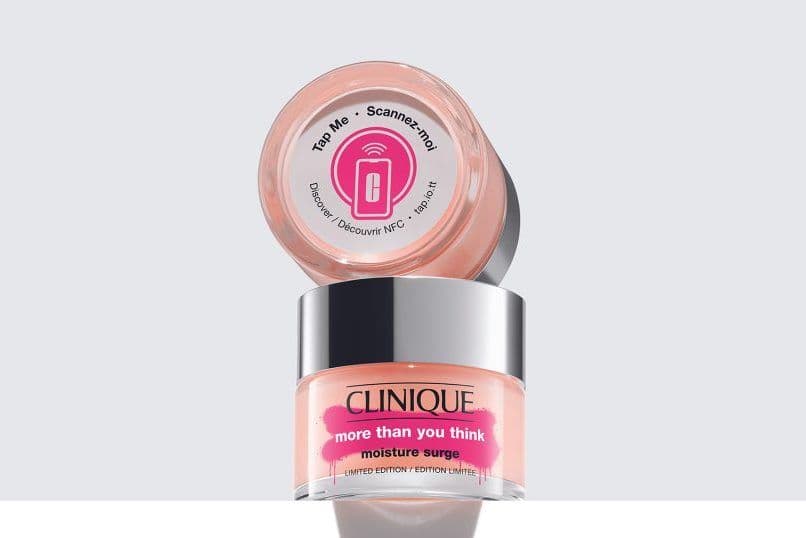
Clinique's first NFC-enabled packaging for skincare
Credits: Clinique
2 // Vanishing Objects
People want to be more responsible with their trash, yet it can be rather confusing and even overwhelming to navigate the many recycling and waste disposal rules. It’s no surprise then that biodegradable and compostable solutions are gaining more and more attention among young conscious consumers (especially female GenZers) seeking to ensure that items they purchase will be disposed of without negatively impacting the environment.
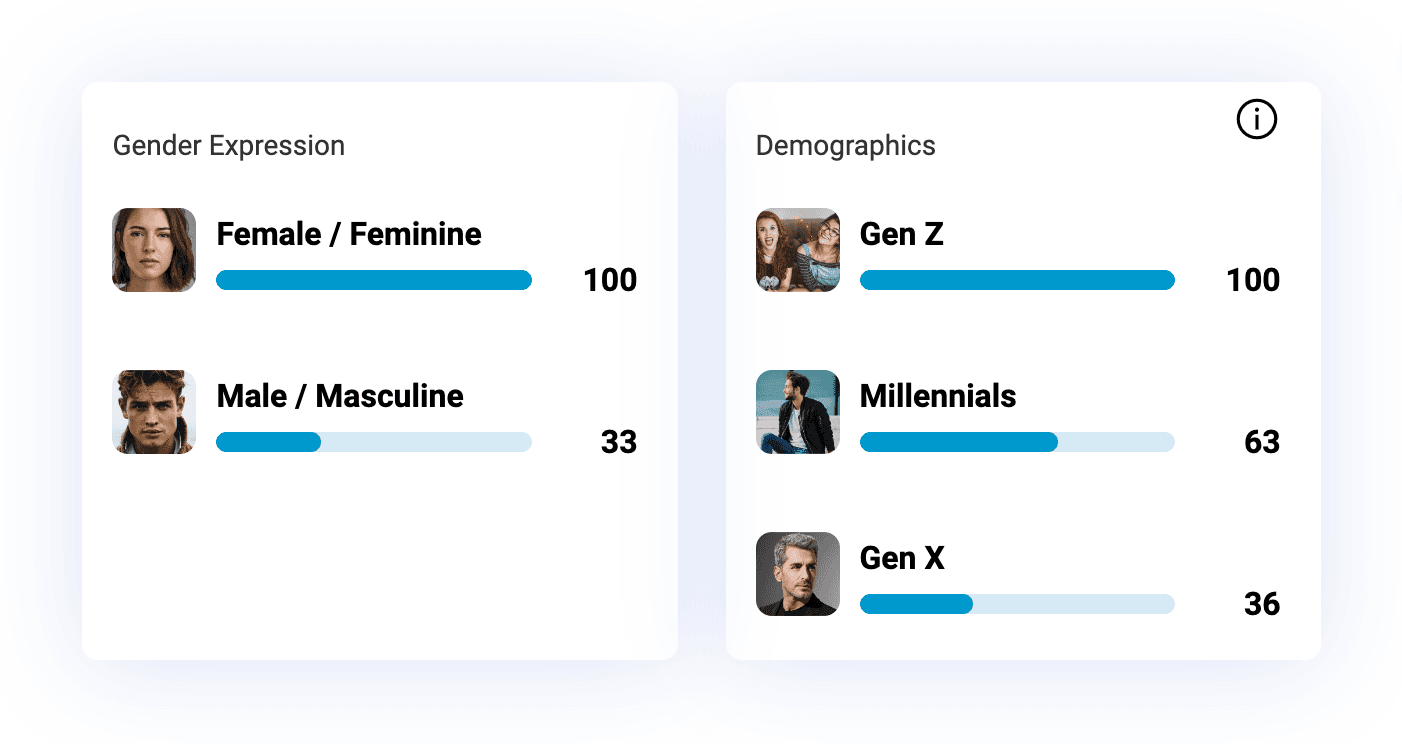
Vanishing Objects trend is especially popular among Female GenZers
In the quest for compounds that break down quickly and safely, the packaging industry is undeniably on the forefront. Case in point, home compostable packs have been in the spotlight, especially in the FMCG sector. Recently, Australian supermarket chain Colesbecame the first major national retailer to launch home compostable coffee capsules, which break down in about the same amount of time as an orange peel.
More than just packaging, there is whole new generation of “vanishing objects” being launched onto the market across a variety of industries.
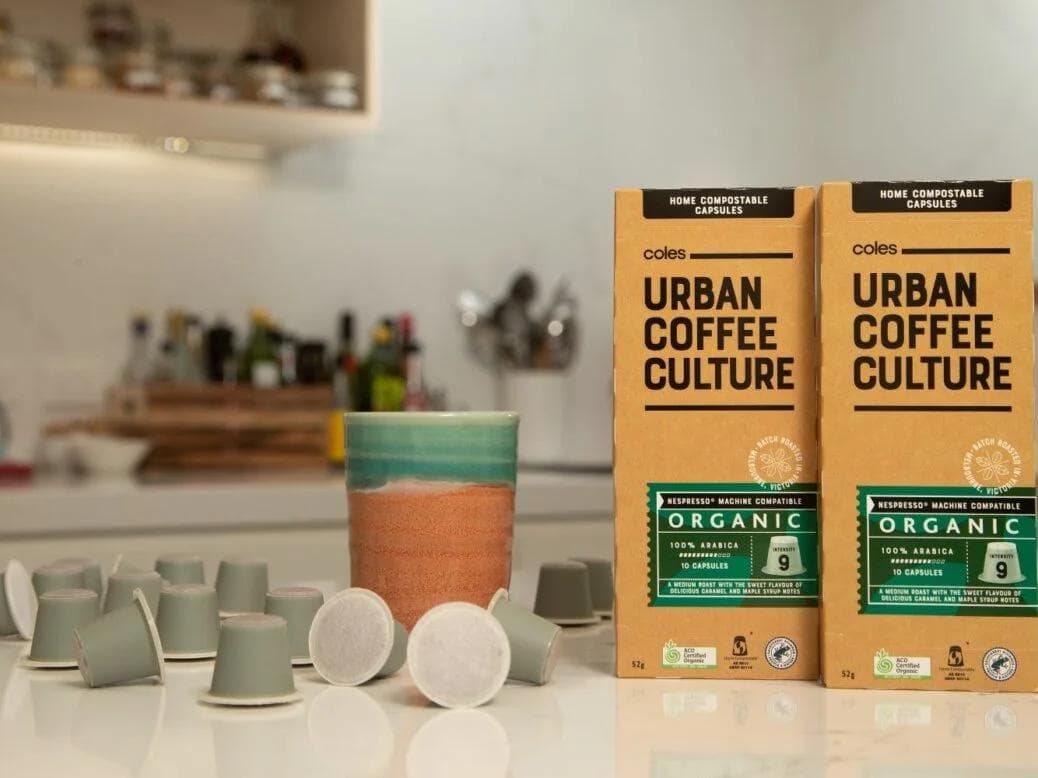
Coles’ pods are made with bio-sourced cellulose and vegetable oils.
Credits: Coles
For certain industries, the biodegradable and compostable trend is still in its infancy. Yet, the more consumer goods can be safely broken down and made to disappear, the more these solutions will gain importance in the market, providing not just a way for businesses to minimize their waste footprints, but also a more definitive solution to the problem.
3 // Uplifting Covers
People are increasingly shifting away from muted, soft, and pastel colors and towards vibrant, bold, and saturated hues as they continue to search for ways to be upbeat in today’s emotionally challenging times.
In addition to color, positivity and playfulness are also making a big splash in packaging and graphics as the primary values for recent rebranding campaigns. Vibrant hues, together with witty illustrations, animation, and simple geometric shapes, convey a more optimistic and joyful tone in an almost childlike packaging aesthetic. Our AI has tracked the impressive growth (+31%) of terms like “Vibrant” and “Joyful” in Packaging & Graphics industry over last 18 months
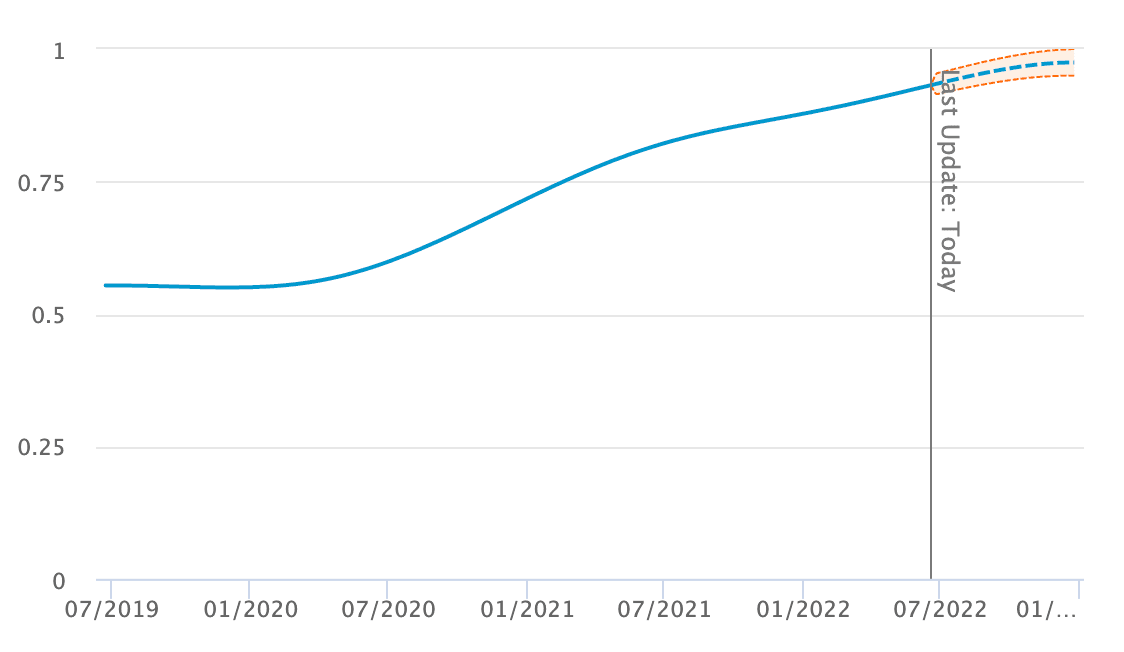
Conversations about “Vibrant” and "Joyful” in the Packaging sector have being steadily growing +31% over last 18 months.
Evidence of this trend is spreading across all industries from more established companies to smaller brands. Gen-Z-targeted beauty brand Youthforia unlocks nostalgic play for shoppers with its stackable, Lego-inspired make-up tubes.
According to the CEO and Founder Fiona Chan, "The Youthforia Universe we're building is all centered around this idea that "Fun is fun. I think so many brands now seem to want you to hustle harder... to be this, or do that. It's so nice to just be fun for the sake of being fun."
This colorful and uplifting approach to branding goes beyond visuals, patterns, and hues; it’s also being translated into positive and inspiring messages which are applied directly to product packaging. The growing urge for experiences that feel full of life is bound to persist.
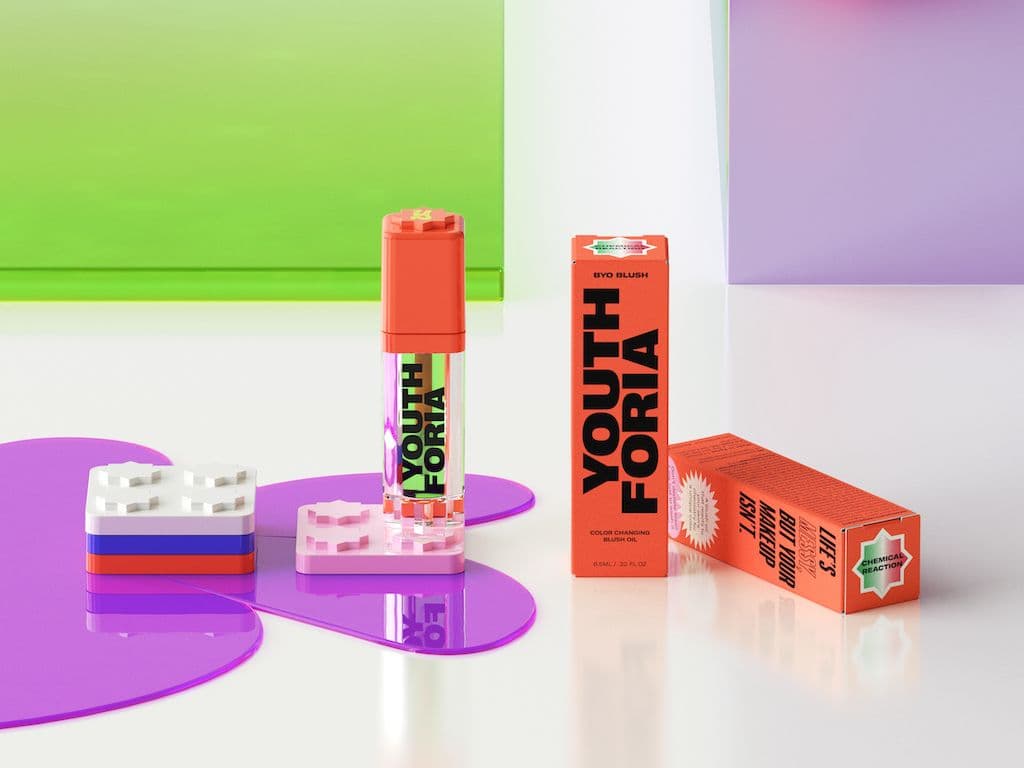
Playful & Bold Youthforia's Packaging
Credits : Youthforia
Trend lines, data, and information described in this article emerge from the ongoing analysis performed by Nextatlas on its global observation pool made of innovators, early adopters, industry insiders expressing their views on Twitter, Instagram, and Reddit.
To learn more about our AI, discover Nextatlas Methodology here
Related articles:
Italy
Torino - Via Stampatori 4, 10122(Operational headquarter)+39 011/0864065VAT number and registration number at the Registro delle Imprese di Cagliari: 03428550929 paid share capital € 167.740,00 — © 2024 iCoolhunt SpA.




